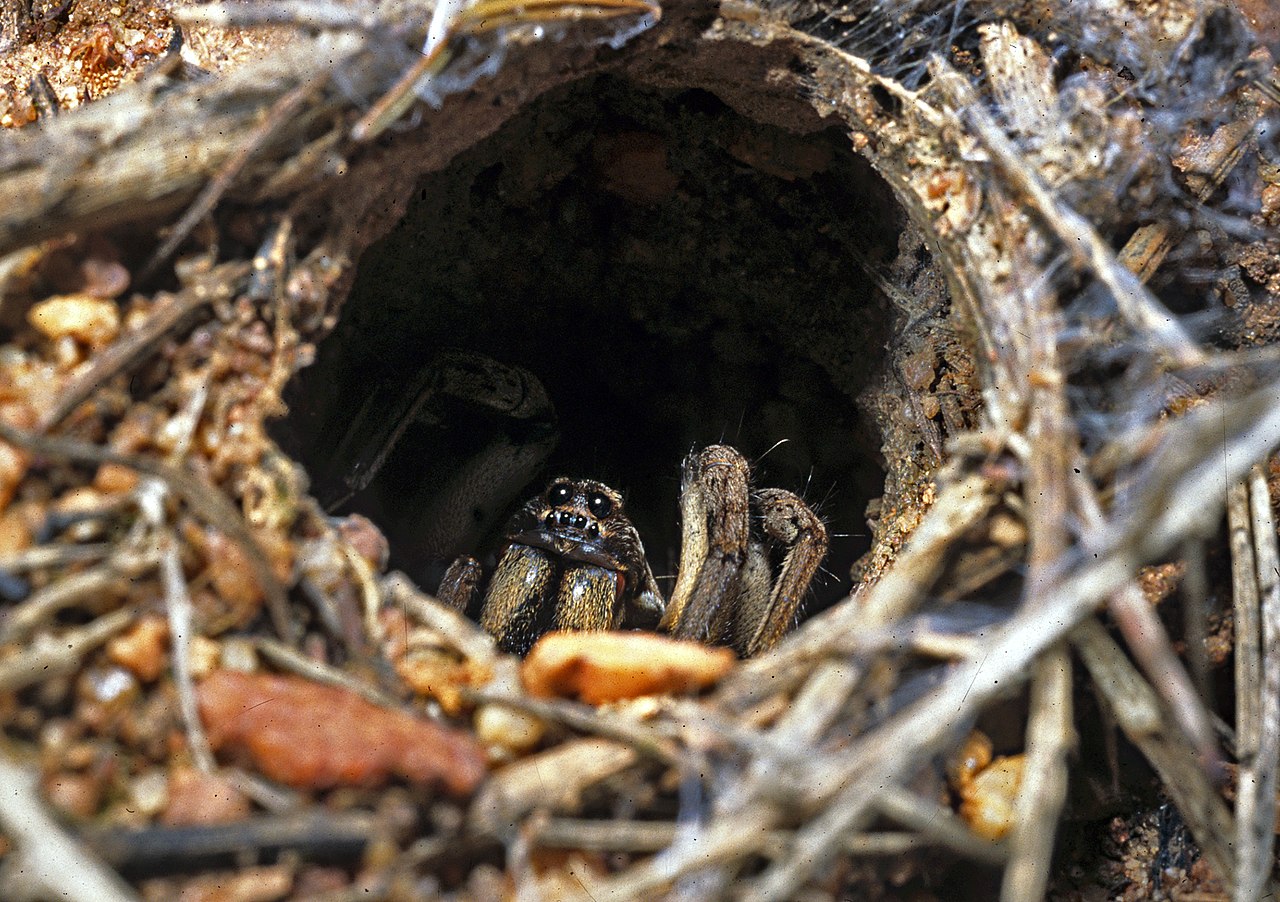Fossilized remains of a brush trapdoor spider have been found for the first time. The furry beast that lived in Australia 11 to 16 million years ago is five times larger than its modern-day relatives.
Megamonodontium mccluskyi was described in a study published in the Zoological Journal of the Linnean Society.
The spider is a relative of the modern Monodontium, a genus of brush trapdoor spiders in the spider family Barychelidae. These reptiles are now very small and can be found in the rainforests of Singapore, Indonesia and Papua New Guinea. Great pictures of fossils are a Universe It can be found in his report.
However, ancient Megamonodontium was five times larger. The abdomen and thorax of the fossil can be about 1 cm long, and the legs are an additional 20-25 mm long. The whole spider was 5cm long from sole to sole. Thus, the ancient brush trapdoor specimen is roughly the size of a modern wolf spider.
Today, the largest spiders are the South American goliath bird spiders, which can grow up to 30 cm.
We can be happy that the largest spider living today is “only” the size of a plate
In the Late Carboniferous Period, that is, between 323.2 million and 298.9 million years ago, there were giant spiders called Megarachni, whose bodies were more than half a meter long.
Although not the largest spider that ever lived, Megamonodontium was huge compared to its modern-day relatives.
It is one of only four spider fossils found on the entire Australian continent. This specimen was discovered near the McGraths Flat site, near the regional town of Gulgong in New South Wales.
Megamonodontium lived in the middle Miocene, about 23-25 million years ago. Globally, temperatures were much higher than they are today, and Australia was much wetter, with rainforests covering most of the northern parts of the continent.
“The closest relative of this fossil now lives in the humid forests of Singapore and Papua New Guinea,” said Dr Simon McCloskey, associate professor of geophysics at the Australian National University in Canberra. “This suggests that this group lived in a similar environment on the Australian mainland, but later became extinct as Australia became drier.”
Although McCluskey is not an author of the paper, he discovered the fossil in June 2020, and thus the newly named species was named after him.
“The scanning electron microscope allowed us to study the fine details of the claws and bristles on the spider’s legs and body,” says Michael Freese, associate professor at the University of Canberra. Setae are hair-like structures that can have many functions. They can sense chemicals and vibrations, defend the spider against attackers, and even make sounds.
“This is not only the largest fossilized spider ever found in Australia, but the first fossil of the Barychelidae family worldwide,” explained Queensland Museum arachnologist Dr Robert Raven. “There are about 300 species of trapdoor spiders alive today, but they seem to rarely become fossils. This may be because they spend a lot of time in burrows, so they are not in the right environment for fossilization.”
Worth reading:












































